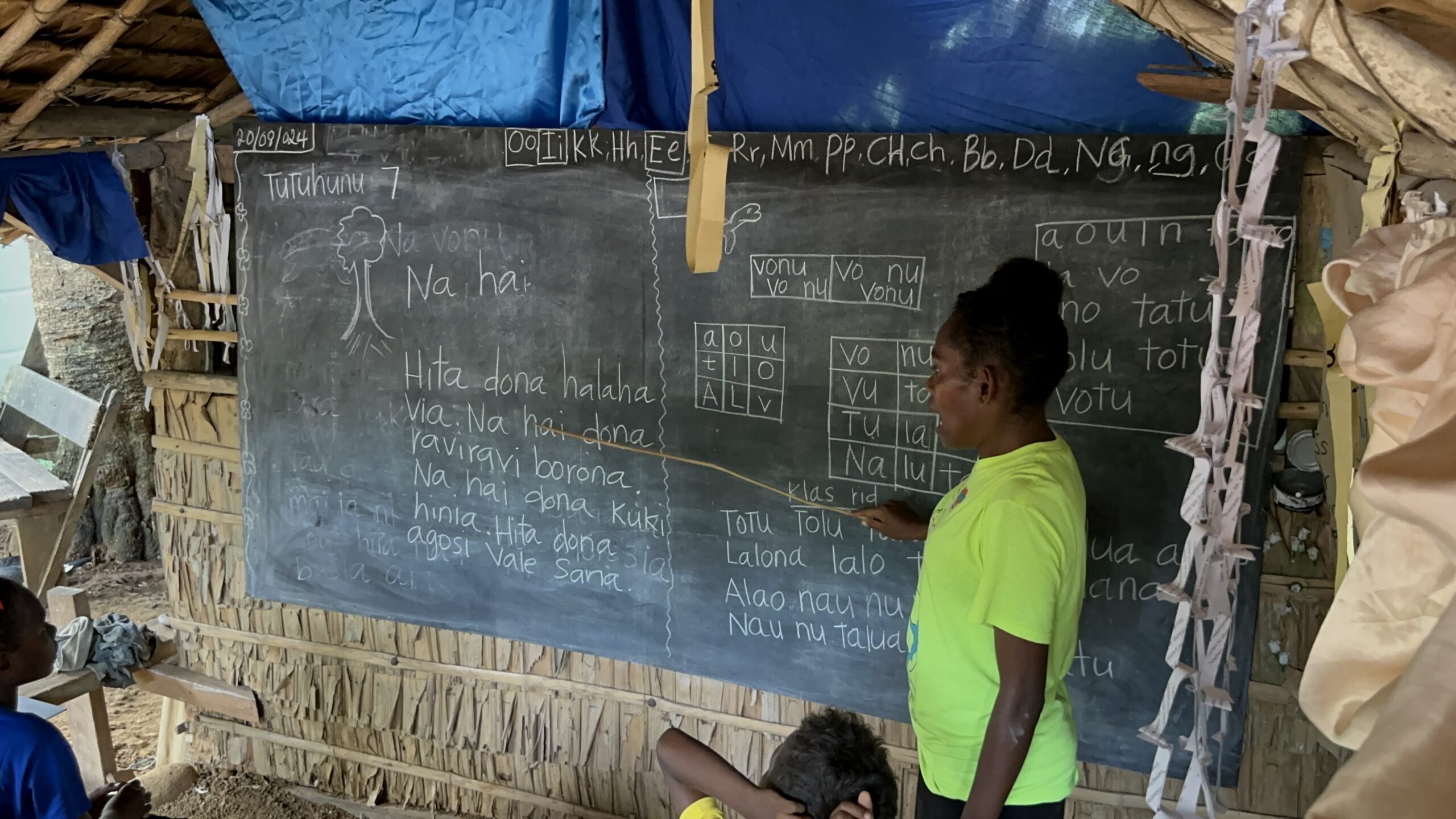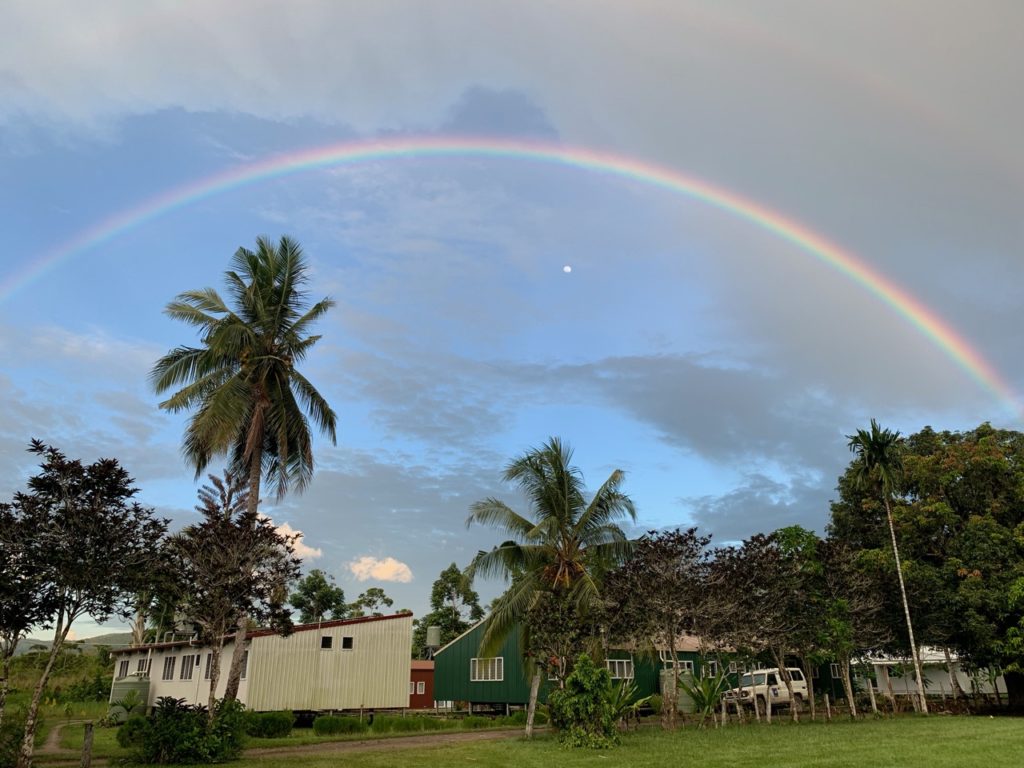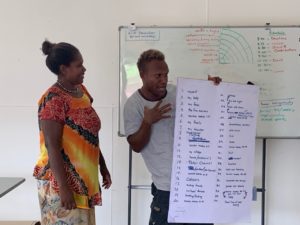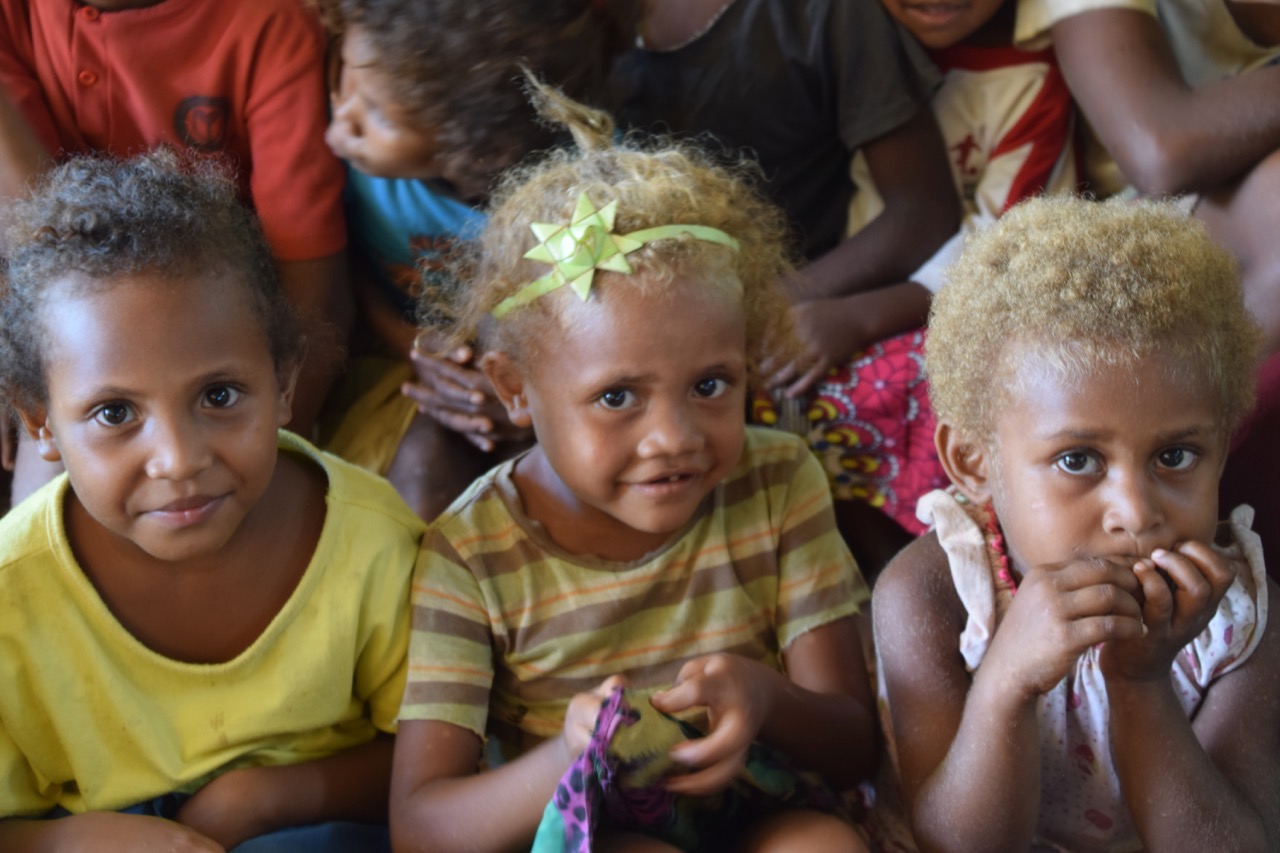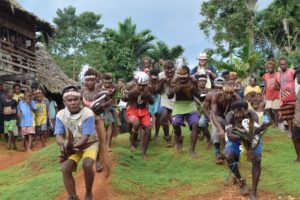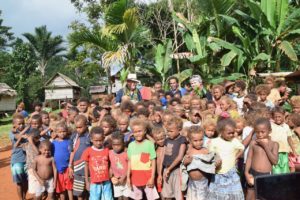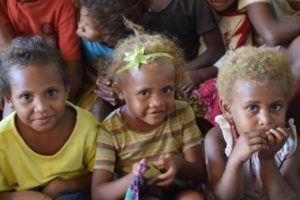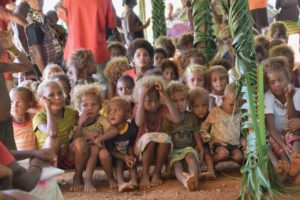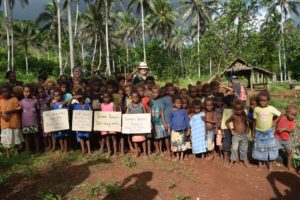3 Workshops in a Faraway Place
Temotu Province makes up the easternmost part of the Solomon Islands. Small islands are scattered across the ocean with great distances between the island groups. The Reef Islands are home to speakers of the Äiwoo (ay-woh) language.
At the request of our colleague, John Rentz, we traveled to the Reef Islands to conduct 3 workshops. To get to there we boarded a twin-engine 48 passenger Dash 8 and flew 2 hours to Lomlom airstrip where John met us. After disembarking, John shared with us the news that due to a dispute between local land owners, our flight might be the last one for some time. After a few days, we decided there are certainly worse places to get stuck!

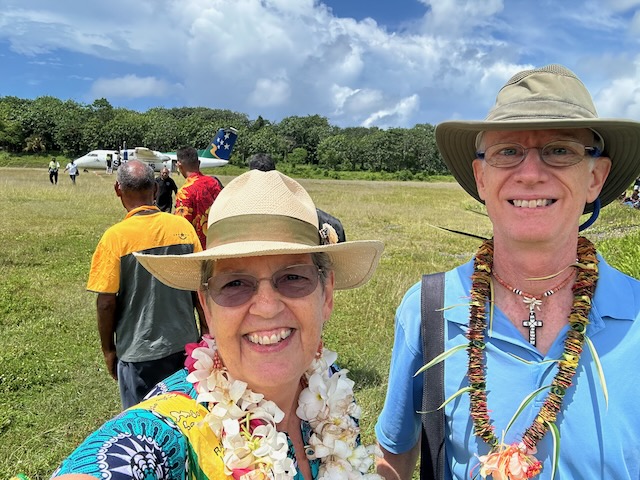
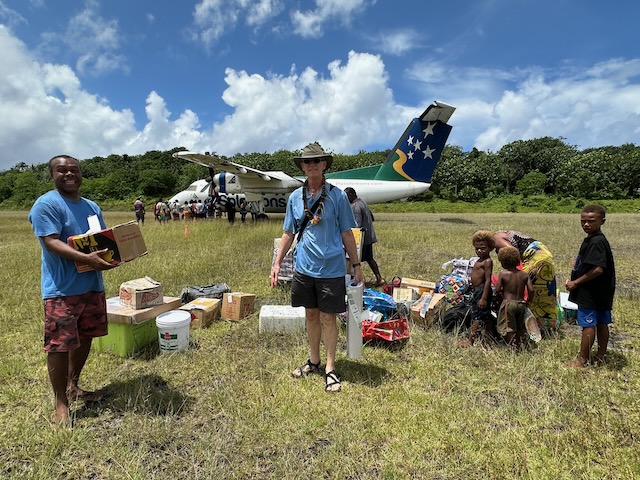
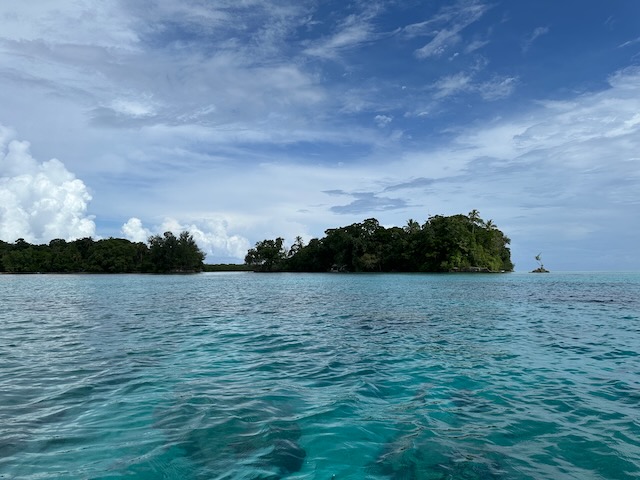

Last week, Tim led a workshop for priests and clergy to help them become more familiar with reading the Äiwoo language. Due to their education, these 18 participants were familiar with reading in English but had had little experience in reading their own language. Armed with a transition primer, Tim has helped them learn how reading Äiwoo differs from English. For some time, these clergy have been asking John for help in reading so that they can read aloud Äiwoo Scriptures with clarity and fluency. By the end of the workshop and with plenty of practice, they expressed gratitude and excitement about their new ability, and we trust that they will continue to practice and read the translated Scriptures in Äiwoo. This week, Tim is leading a similar workshop for church catechists and lay leaders.
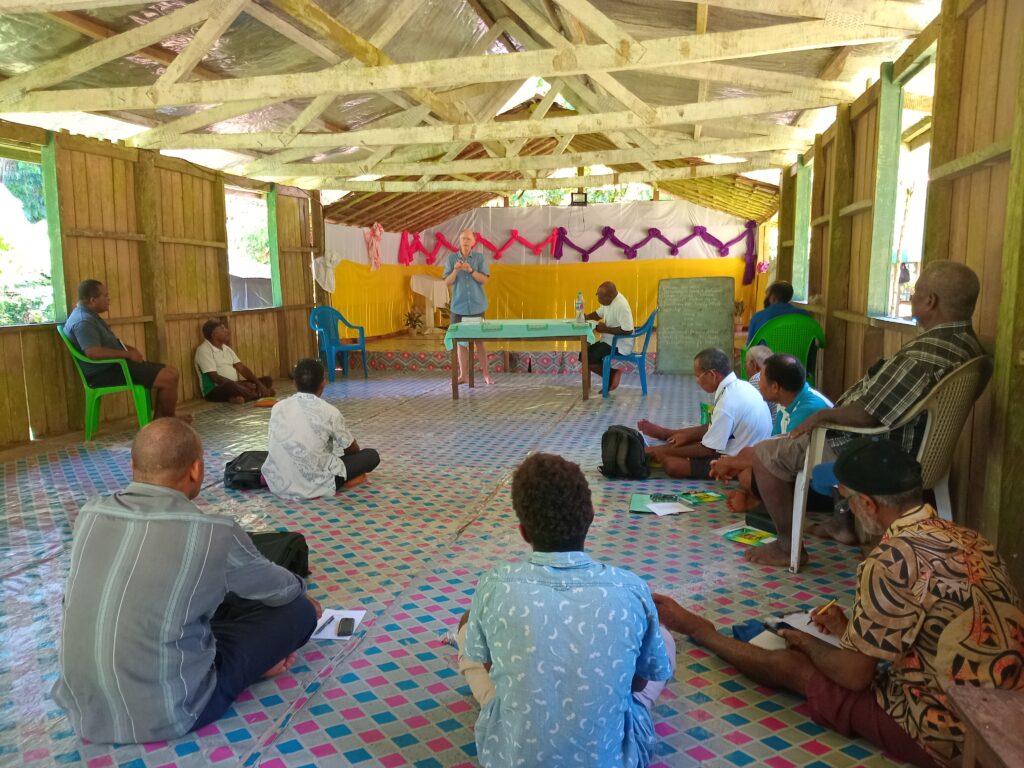
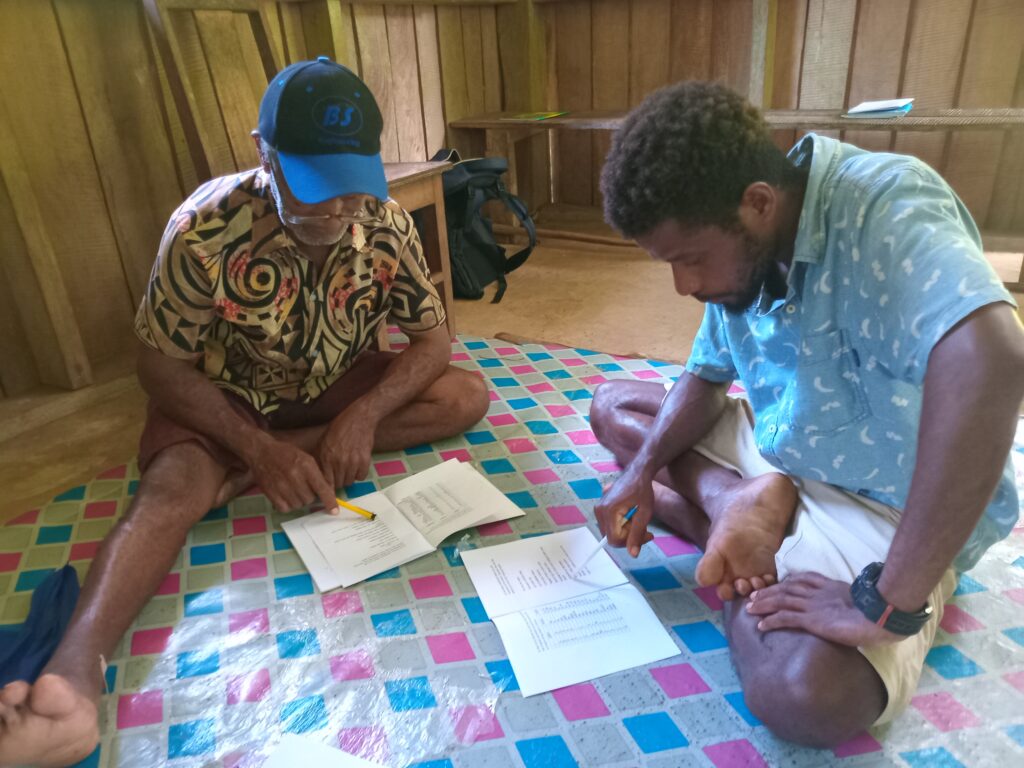
Meanwhile, Martha was in a different village leading a teacher training workshop to equip 22 attendees from various communities to teach Äiwoo literacy. The training has gone well and the teachers are gaining understanding and confidence. The two week workshop runs all day and Tim comes to help in the afternoon as his workshop is in the mornings.
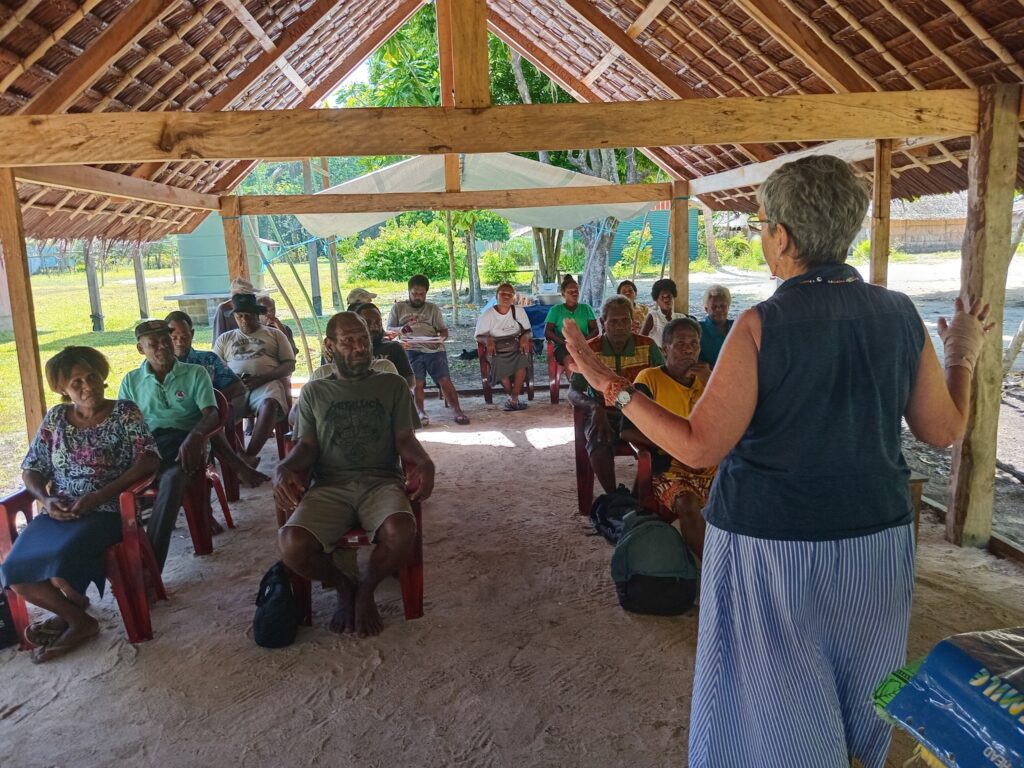
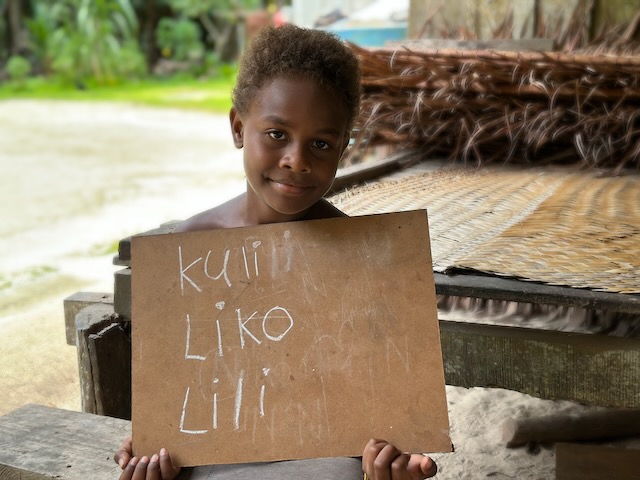

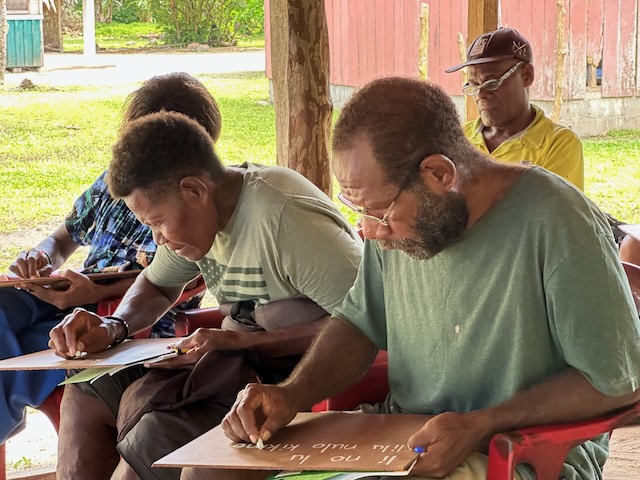
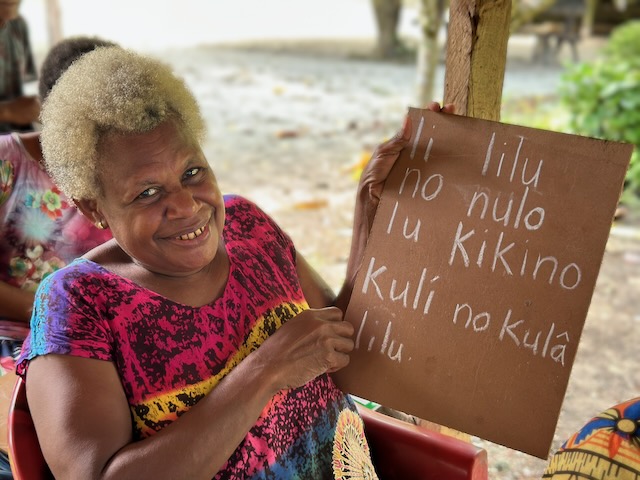
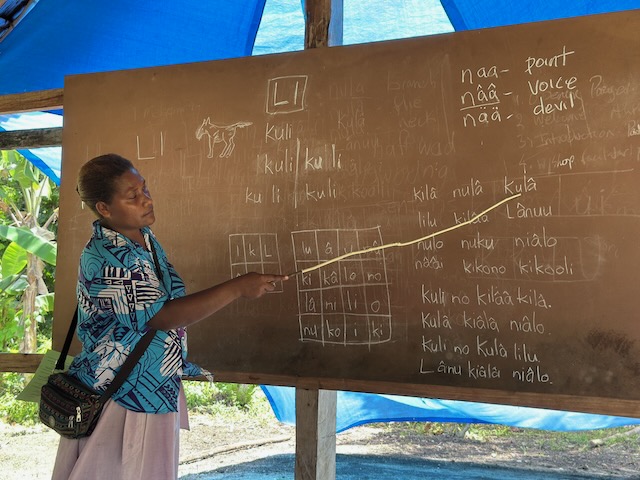
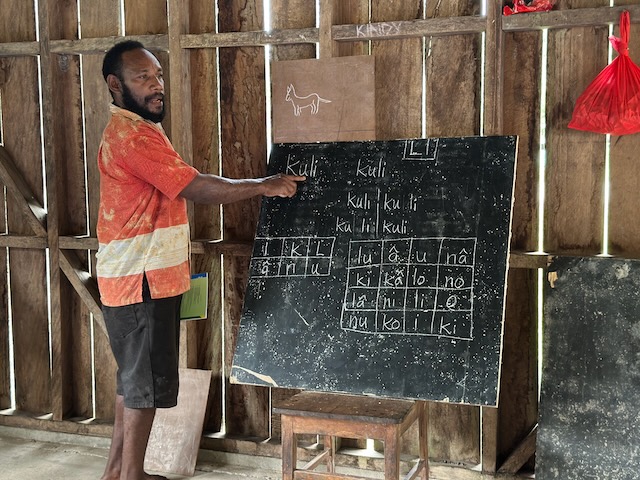
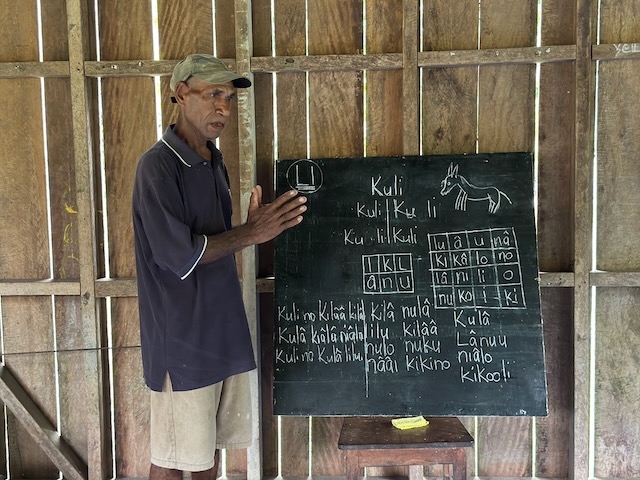
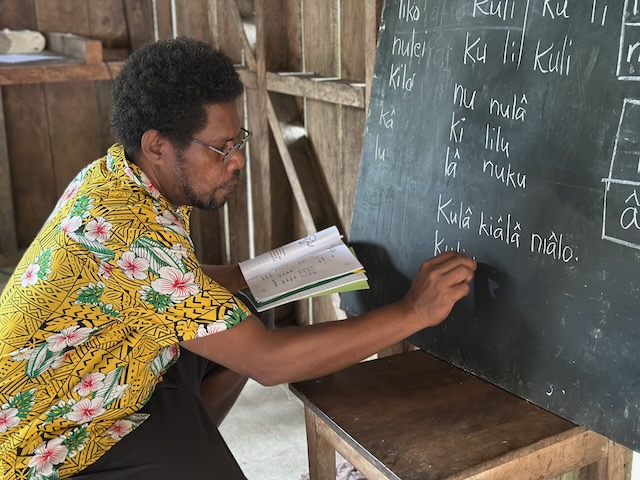
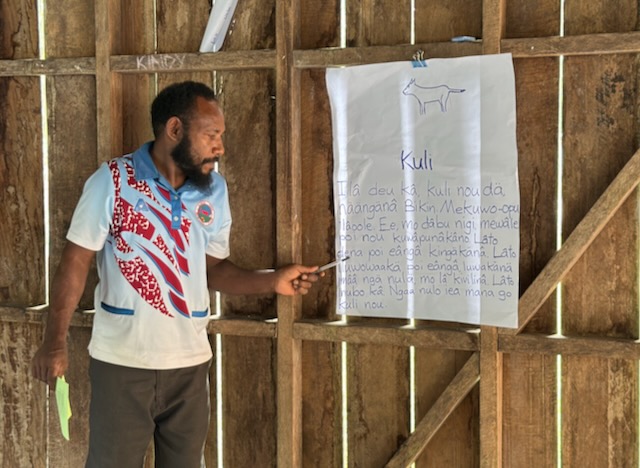
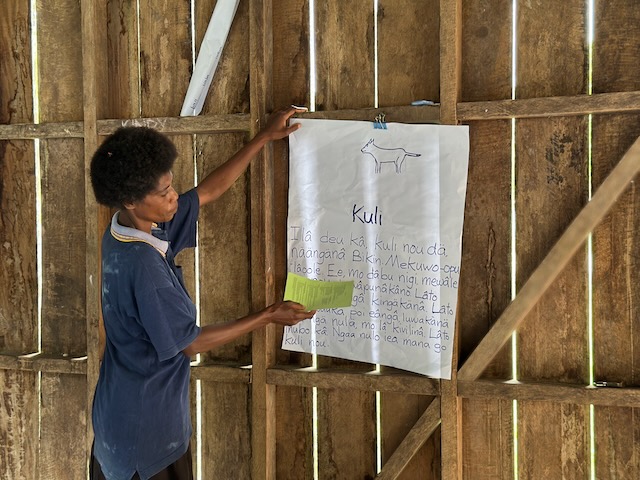
You may wonder how we can teach anyone when we don’t speak Äiwoo ourselves. Good question. As we lead the workshops, we use Solomon Islands Pijin, the national trade language. In the literacy workshop, Martha demonstrates how to teach each part of the lesson using a Pijin reading primer that uses the same strategy. Then participants break up into small groups where they practice that same activity from the Äiwoo primer. One person teaches the lesson while the others play the part of the students. Moving around from group to group, Martha can check to see they are remembering to follow each step. (In the afternoons, Tim makes the 20 minute walk from from his workshop venue to help with the teacher training.)
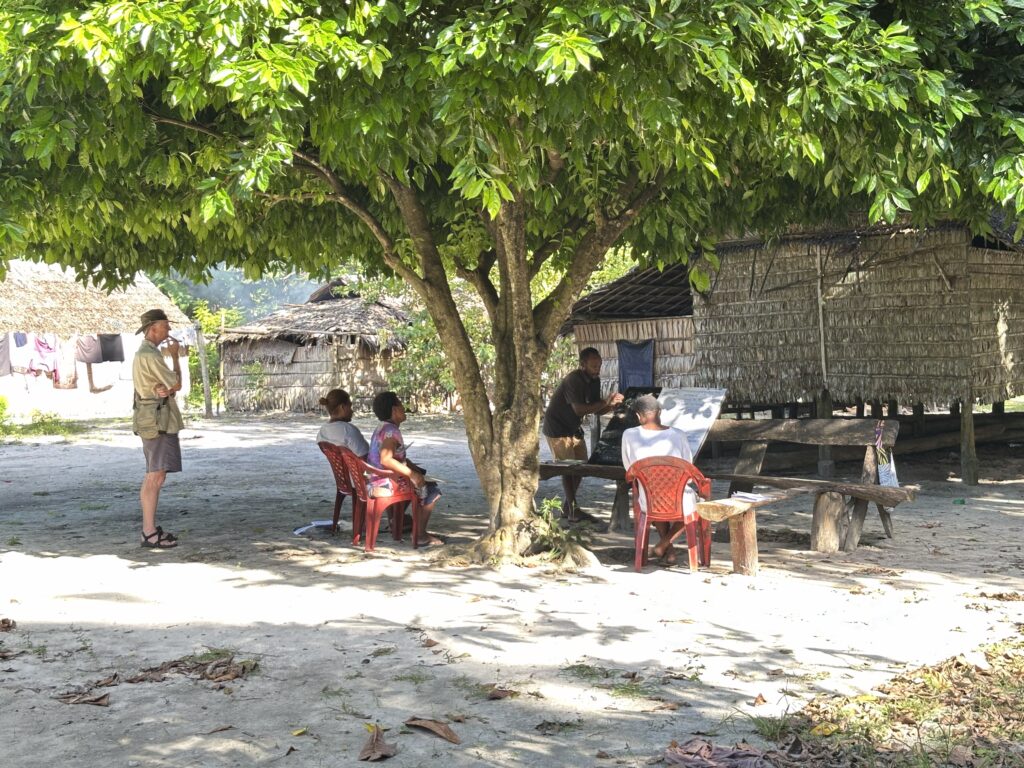
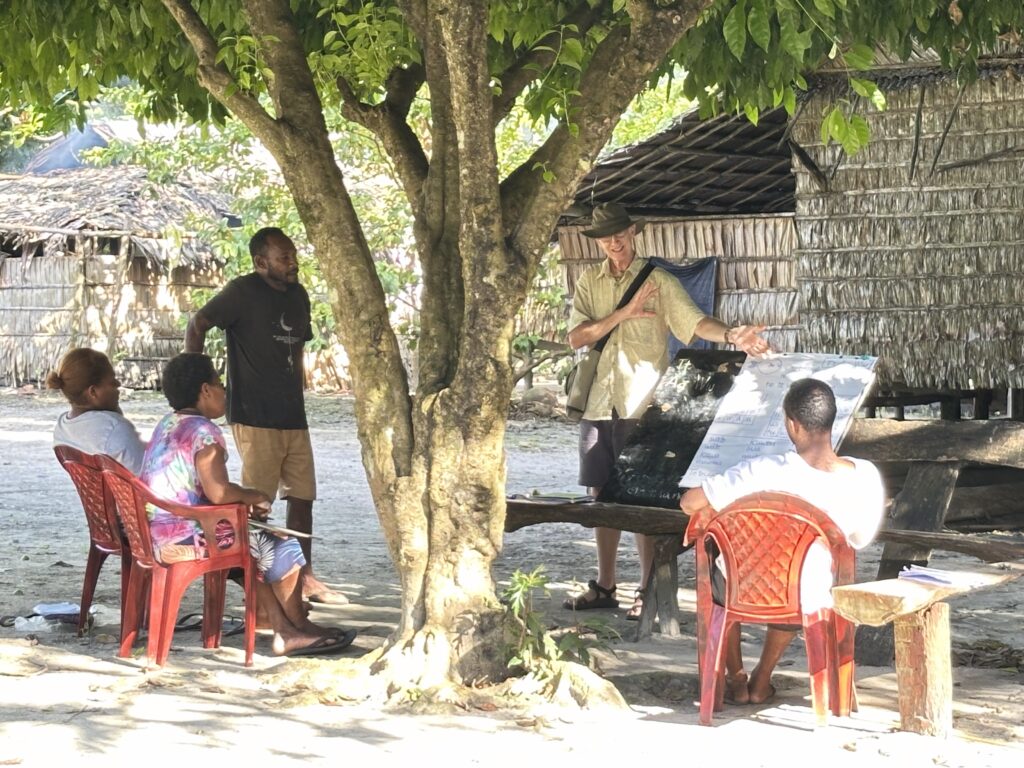
One grade 1 student who has stayed out of school due to a cough has wandered into the workshop to watch and he has become a participant. It’s been quite fun for all of us because as a result of sitting in on the training, Raphael has started to learn to read Äiwoo – providing real proof of the effectiveness of this reading method.
The first week went really well for both groups and we are almost done with week 2. Participants are excited to start using the training they have received and they have thanked us for coming here. In turn, we feel really blessed to be here and serve these beautiful people who have made us feel so very welcome.

